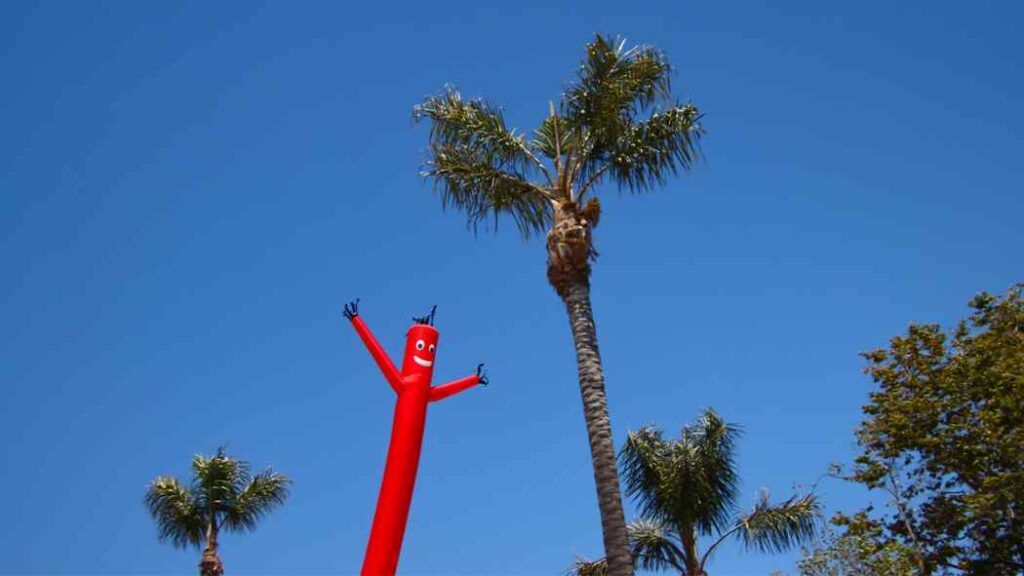Pankaj Udhas Passes Away – In a somber announcement, the family of Padma Shri Pankaj Udhas confirmed the demise of the legendary ghazal singer at the age of 72 on February 26. Pankaj Udhas, known for timeless classics like ‘Chitthi Ayee Hai’ and ‘Aur Ahista Kijiye Baatein,’ succumbed to a prolonged illness, leaving the music industry and fans in shock.
Pankaj Udhas Passes Away at 72 : Renowned Ghazal Maestro – A Musical Journey Remembered

Born in Gujarat to a musically inclined family, Udhas’s journey into the world of music began at a young age when he enrolled at the Rajkot Sangeet Academy alongside his brothers. Under the guidance of Ghulam Qadir Khan Sahab, he delved into the intricacies of Hindustani vocal classical music. His thirst for knowledge led him to Mumbai, where he further honed his skills under the tutelage of Gwalior Gharana singer Navrang Nagpurkar.
ALSO READ : Renowned TV and Film Actor Rituraj Singh Passes Away at 59: A Look at His Illustrious Career
Udhas’s musical prowess was evident early in his career when, during the India-China war, he delivered a moving rendition of “Aye Mere Watan Ke Logo.” The impact was so profound that an audience member rewarded the young artist with ₹51. This marked the beginning of a remarkable journey that saw Udhas’s first song credit in the 1972 film “Kaamna,” directed by K Chatterjee.
Throughout his illustrious career, Pankaj Udhas released more than fifty albums and numerous compilations, establishing himself as a stalwart in the ghazal genre. His velvety voice found its way into the hearts of listeners, not only in the ghazal circuit but also in Hindi cinema. Udhas lent his soulful voice to several Bollywood films, including classics like “Naam,” “Saajan,” and “Mohra.”
Despite his immense success, Udhas remained grounded and committed to his craft. His dedication to music extended to various ghazal events where he continued to captivate audiences with his performances. In a bittersweet moment, Udhas’s last contribution as a playback singer was in the 2016 film “Dil Toh Deewana Hai.”
The news of Pankaj Udhas’s passing sent shockwaves through the music industry, prompting an outpouring of condolences on social media. Fans and fellow musicians alike expressed their grief, remembering the maestro for his contribution to the rich tapestry of Indian music.
“With a very heavy heart, we are saddened to inform you of the sad demise of Padma Shri Pankaj Udhas on February 26 due to a prolonged illness,” read a missive from the grieving family.
As the music fraternity mourns the loss of a true icon, Pankaj Udhas’s legacy will undoubtedly endure through the melodies that have etched themselves into the collective memory of music lovers across generations. The funeral rites are scheduled for Tuesday, as admirers bid farewell to a maestro whose voice will resonate eternally in the corridors of Indian music.
Early Life and Formative Years of Ghazal Maestro Pankaj Udhas
Pankaj Udhas, the acclaimed Ghazal maestro, was born on May 17, 1951, in Jetpur, Gujarat, India. From a young age, he exhibited a deep passion for music, nurtured by his musically inclined family. His journey into the world of music commenced when he, along with his brothers, enrolled at the Rajkot Sangeet Academy, laying the foundation for his musical education.
During his time at the academy, Udhas, driven by a thirst for musical knowledge, immersed himself in the intricacies of Hindustani vocal classical music. He sought guidance from Ghulam Qadir Khan Sahab, a revered figure in the realm of classical music. Recognizing Udhas’s talent and dedication, the maestro soon became a prominent disciple of Khan Sahab.
Eager to refine his skills further, Pankaj Udhas made a pivotal decision to move to Mumbai, the epicenter of the Indian entertainment industry. In Mumbai, he became a disciple of Navrang Nagpurkar, a distinguished singer of the Gwalior Gharana. Under Nagpurkar’s mentorship, Udhas honed his craft and developed a distinct style that would later captivate audiences worldwide.
Udhas’s initial foray into the spotlight was marked by a poignant performance during the India-China war. He delivered a soul-stirring rendition of “Aye Mere Watan Ke Logo,” a moment that not only showcased his musical prowess but also earned him recognition when an audience member rewarded him with ₹51.
The year 1972 saw Udhas’s entry into the world of playback singing with the film “Kaamna,” directed by K Chatterjee. This marked the beginning of a prolific career in the film industry, where he would go on to contribute his mellifluous voice to numerous Hindi films.
Over the years, Pankaj Udhas released more than fifty albums, solidifying his status as a maestro in the Ghazal genre. His velvety voice, coupled with profound lyrics, struck a chord with audiences, earning him widespread acclaim.
While Udhas made significant contributions to Hindi cinema, his commitment to the Ghazal genre remained unwavering. He continued to enchant audiences at various ghazal events, showcasing the timeless appeal of this classical form of music.
Pankaj Udhas’s legacy is not merely defined by his musical achievements but also by his journey from a small town in Gujarat to becoming a Padma Shri awardee and a revered figure in the world of Indian music. His early life and formative years set the stage for a career that spanned decades, leaving an indelible mark on the cultural heritage of the nation.
Frequently Asked Questions (FAQs) – Pankaj Udhas Passes Away
- Q: When did Pankaj Udhas pass away, and what was the cause of his demise?
A: Pankaj Udhas, the renowned Ghazal singer, passed away on February 26, 2024, due to a prolonged illness, as confirmed by a statement from his family.
- Q: What were Pankaj Udhas’s notable songs and contributions to the music industry?
A: Pankaj Udhas was best known for timeless classics like ‘Chitthi Ayee Hai’ and ‘Aur Ahista Kijiye Baatein.’ He made a significant mark as a playback singer in Hindi films, including “Naam,” “Saajan,” and “Mohra.”
- Q: Can you share details about Pankaj Udhas’s early life and musical education?
A: Pankaj Udhas was born on May 17, 1951, in Jetpur, Gujarat. He enrolled at the Rajkot Sangeet Academy at a young age, where he studied Hindustani vocal classical music under Ghulam Qadir Khan Sahab. Later, he moved to Mumbai to train under Gwalior Gharana singer Navrang Nagpurkar.
- Q: What was Pankaj Udhas’s first stage performance, and what was the significance of it?
A: Pankaj Udhas’s first stage performance was a rendition of “Aye Mere Watan Ke Logo” during the India-China war. This moving performance earned him ₹51 from an audience member and marked the beginning of his illustrious musical journey.
- Q: How did Pankaj Udhas contribute to the film industry, and what was his last song as a playback singer?
A: Udhas contributed to Hindi cinema with his soulful playback singing, including notable films like “Naam,” “Saajan,” and “Mohra.” His last song as a playback singer was for the 2016 film “Dil Toh Deewana Hai.”
- Q: How did the music industry and fans react to the news of Pankaj Udhas’s demise?
A: The news of Pankaj Udhas’s passing left the music industry in shock, prompting an outpouring of condolences on social media. Fans and fellow musicians expressed their grief and paid tribute to the legendary Ghazal maestro.
- Q: What are the details about Pankaj Udhas’s early life and education in Gujarat?
A: Pankaj Udhas was born in Jetpur, Gujarat, to a musically inclined family. He enrolled at the Rajkot Sangeet Academy at a young age, where he began his musical education alongside his brothers.















